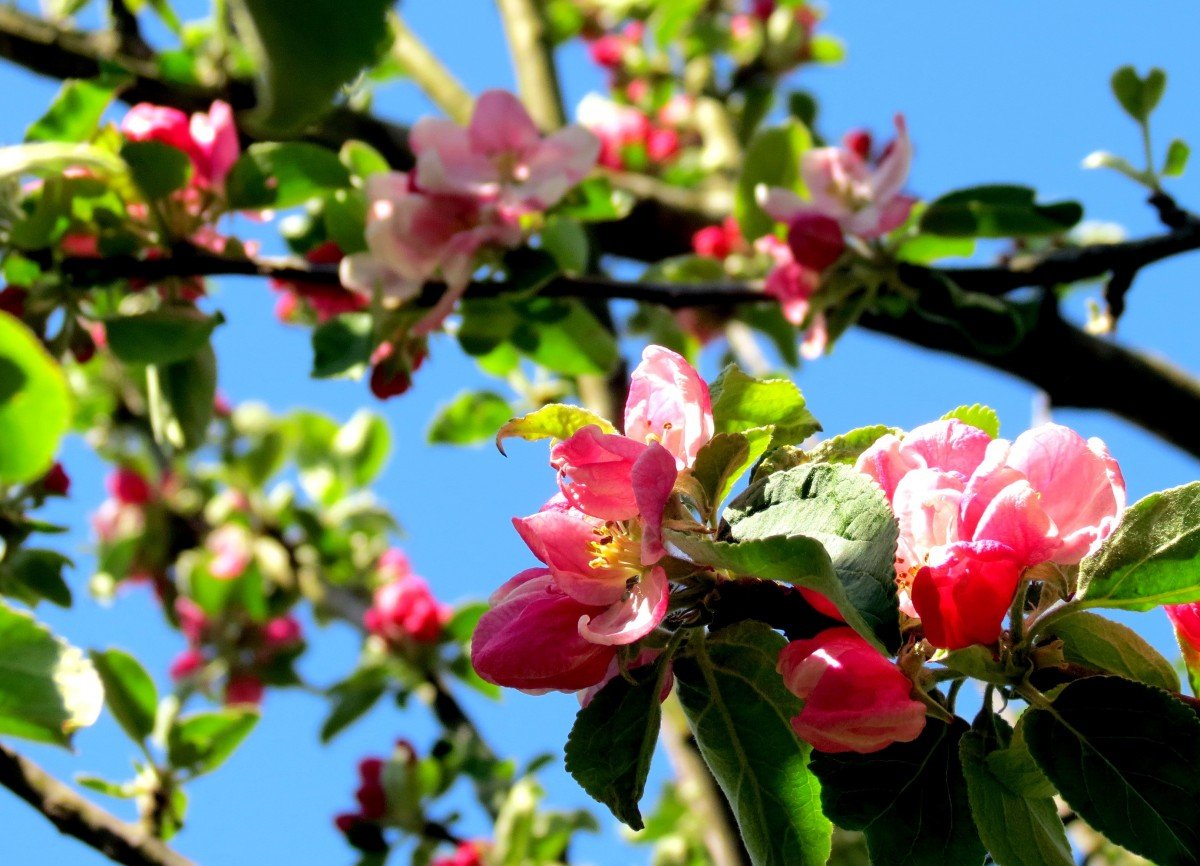What are softwoods and hardwoods?
You may have heard the terms softwood and hardwood when describing different timbers, but not been sure what they mean, or what they’re referring to. These terms are not describing the density of a timber, but categorising how a tree produces its seeds.
All tree species are either angiosperms and gymnosperms, or hardwoods and softwoods respectively.
This can get a bit confusing when very soft woods like balsa (Ochroma pyramidale) and alder (Alnus genus) are hardwoods, and firm woods like juniper (Juniperus genus) are softwoods. Generally speaking however, most light and less dense timbers are softwoods, and heavier and more dense timbers are hardwoods.
Gymnosperms (softwoods)
Softwood describes a category of trees whose plants have exposed seeds.
The most common gymnosperms are pine trees and conifers. These species grow quickly, and have a lower cell density which mean they are often easier to cut, bend, and in some cases break.
In these trees, medullary rays and tracheids transport water through the tree. They also tend to keep their foliage throughout the year.
Softwoods are often used for structural framing, roof trusses, cladding, crafts, toys, furniture, windows and doors, paper, and more.
Angiosperms (hardwoods)
Hardwood describes trees that produce enclosed seeds, and have flowers.
Hardwoods grow more slowly, and often have complex and dense cell structures that lead them to have a high strength. Not all hardwoods are dense, for example balsa wood is an angiosperm despite its light weight.
They have structures throughout them that transport water through the tree, which appear as pores under a microscope – these pores are much of what gives hardwood its prominent grain. Angiosperms tend to shed their leaves during colder seasons.
Hardwoods are often used for solid furniture, decking and fencing, beams, veneers and cabinetry, and other long-lasting products. Hardwoods will often last longer for outdoor uses, with specific timbers such as turpentine (Syncarpia Glomulifera) having higher rot and weathering resistance.
Recognising the difference
We can see the difference between these types of plants far more easily when they are growing - their seeds, leaves, branch structures and more are distinct in ways that one can quickly learn to discern. For timber, however, we are working with a product that is long divorced from the tree of its source.
For most woodworking purposes, we actually don’t need to know exactly whether a wood is a softwood or hardwood – for furniture, crafts, turning and more, both are used for many of the same products and projects. The more critical knowledge is in how it feels, how much it weighs, and how it is worked with tools.
At Among The Trees, we have a large selection of offcuts of both softwoods and hardwoods, of a range of species and densities. If you’re not sure what timber will be best for your project, come and pick up some samples to test it out.








